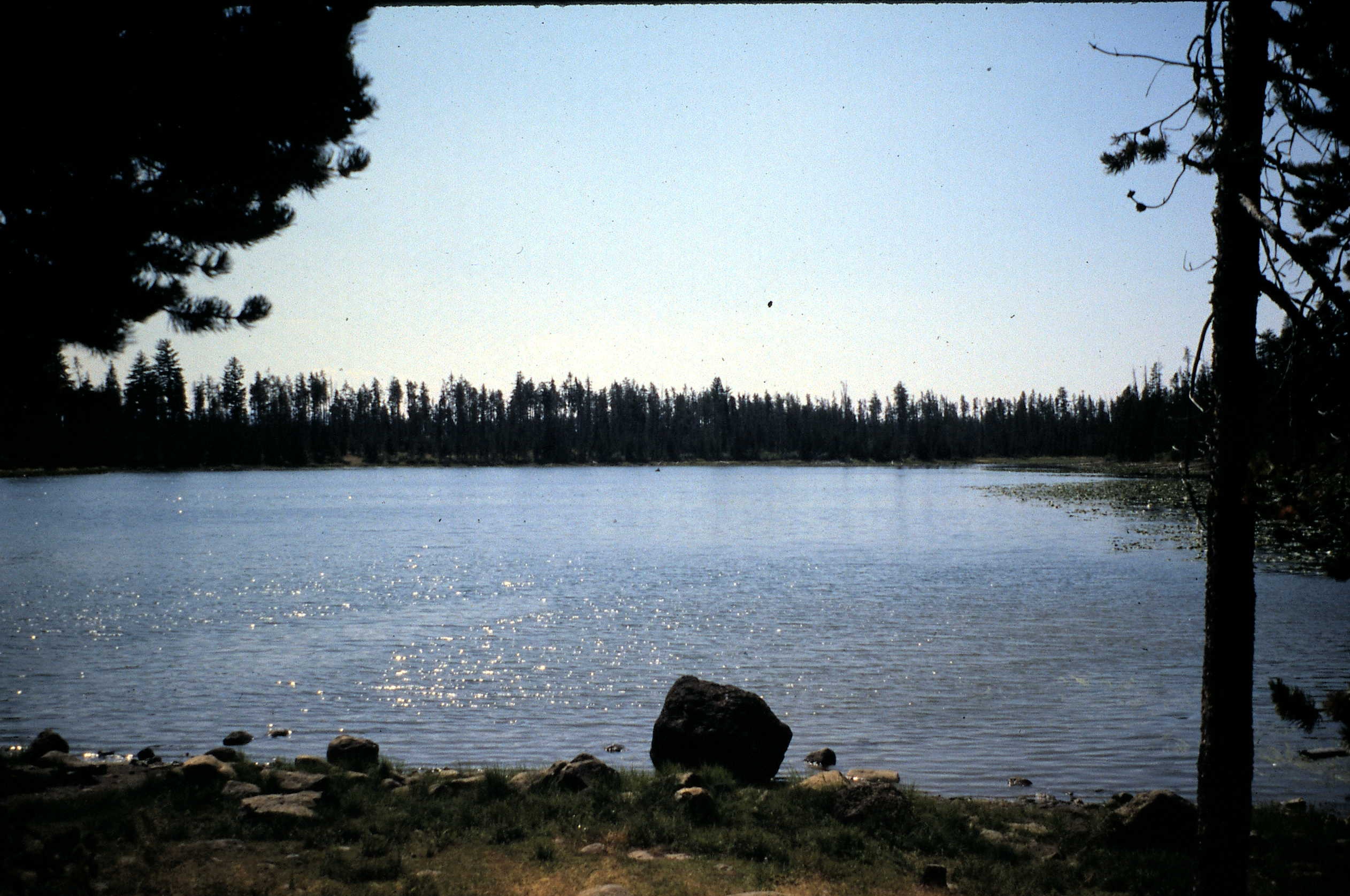Still Waters, September 11th, 2021
Algae blooms are increasing on many of our irrigation reservoirs. Island Park Reservoir in particular has an extensive bloom.
Algae blooms are increasing on many of our irrigation reservoirs. Island Park Reservoir in particular has an extensive bloom.

Horseshoe Lake
IDF&G has placed a salvage regulation on Condie and Winder Reservoirs. Let’s hope that more such regulations are not upcoming. Some of the fastest still water fishing can be had at Horseshoe Lake, Sand Creek Ponds and Paul’s Reservoir. Horseshoe features rainbow and some grayling, Sand Creek features rainbows and Paul’s features cutthroat. In general the fish are not large, but they provide action. Try speckled dun life cycle, small leech and damselfly nymph patterns.
Sand Creek Ponds are open to fishing from water craft. Pond are stocked and those fish are active. Speckled dun and damsel fly life cycle, small leech, small fly rod jig, and soft hackle patterns are effective. It is best for fish well being to begin a visit as early as possible or fish during evenings. Leave mid-day for lunches, etc.

Aldous Lake
Aldous Lake is known mostly to area anglers, and it has enough advantages to be considered for a visit. A mile and a quarter walk up a well maintained trail to reach it keeps out many visitors. Cutthroat trout ranging to trophy size are it’s only salmonid inhabitants, and it is in a scenic setting. Submerged springs keep its water temperature at ideal levels for trout activity. Its only disadvantage is that its shoreline is almost totally timbered (excepting a small portion on its west side). Nevertheless for the fly fisher willing to pack a flotation device from which to fish, the reward for the next several weeks will be gulper activity as speckled dun mayflies emerge during morning and mid-day hours. Action on this rather small lake may not be as dramatic as that on encountering Hebgen Lake’s Madison Arm gulpers, but it certainly is more tranquil. Aldous Lake sits on a bench on the Idaho side of the Continental Divide. From Kilgore, Idaho head west briefly on Antelope Valley Road to East Camas Road. Follow it north to Cottonwood Creek Road, and from it take USFS Road 027 to the Aldous Lake Trailhead.
Sand Creek Wildlife Management Area ponds open to fishing from watercraft on Friday, July 16th. Ponds have been stocked by IDF&G but may contain some hold-overs of larger sizes. Probably best to forget about irrigation reservoirs until this Fall.
Draw-down is greatly impacting fishing success on all our irrigation reservoirs. Sand Creek Wildlife Management waters open to fishing from boats on July 16th.
still Waters, July 10th, 2021
Reports we have from all irrigation reservoirs to the southeast say that draw down has started and water within each is warming. Fish are moving to deep water in these and have generally become less active. Daniels Reservoir is perhaps the best to try of these because of its limited draw down. Midge pupa patterns presented at the taking depth, small leech and damsel fly nymph patterns should produce the best results.
As anticipated, still waters everywhere are warming up. That means fish are moving to depth to seek cooler water with higher dissolved oxygen concentrations. So concentrate your fishing at depth on all irrigation reservoirs especially those that will soon be drawn down to satisfy irrigation demands.
The irrigation reservoirs to our the south and east ( Chesterfield, Daniels, Treasureton, 24-mile, etc) are beginning to produce. Leech patterns, midge pupae under an indicator ( find taking depth), damsel fly wet & dry patterns, all work. It seems best to be on the water early in the day. Consider that these reservoir will be running low as demands for irrigation water increase in what looks like another hot dry summer coming up. So best fishing be from now into the next several weeks.
Both Chesterfield and Daniels are offering improving fishing. It is too early for significant speckled dun and damselfly activity on most still waters, but dragonfly nymphs are an early season food form that trout key on. Big and relatively numerous, they offer a great reward for the capture effort. Any big leech or rubber leg pattern presented during the early season in still waters will be effective in imitating these nymphs.
